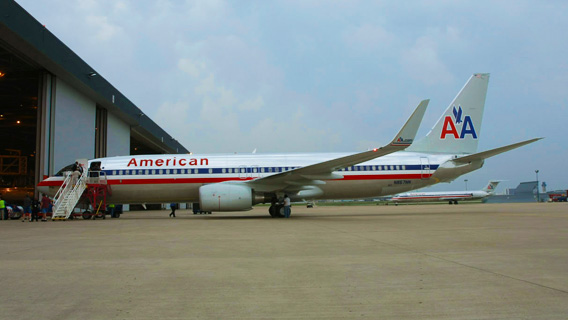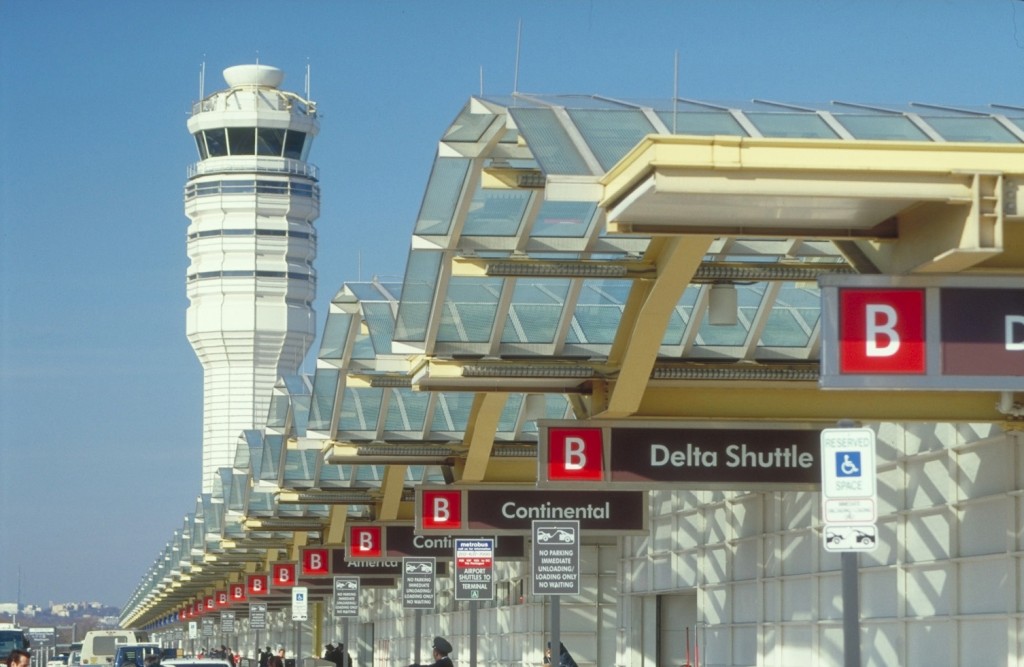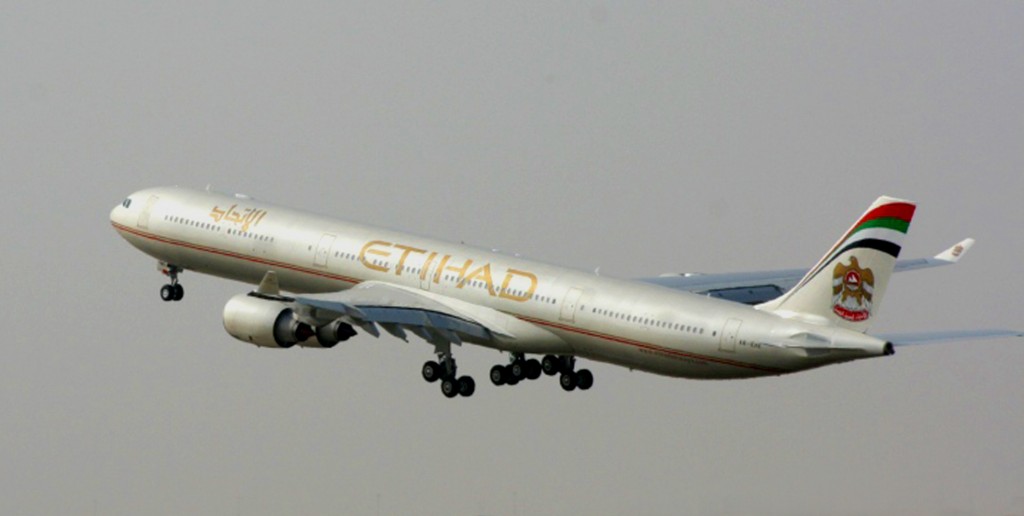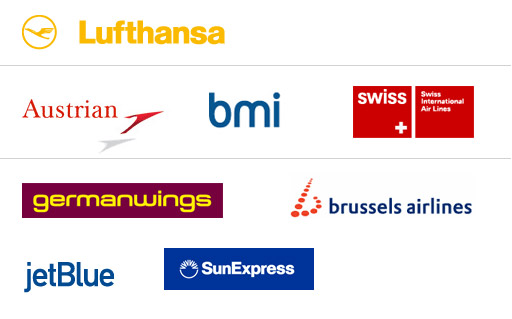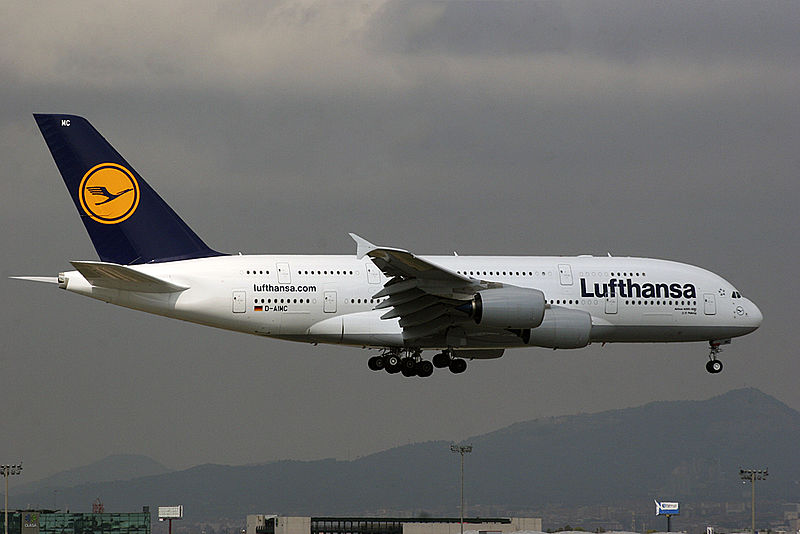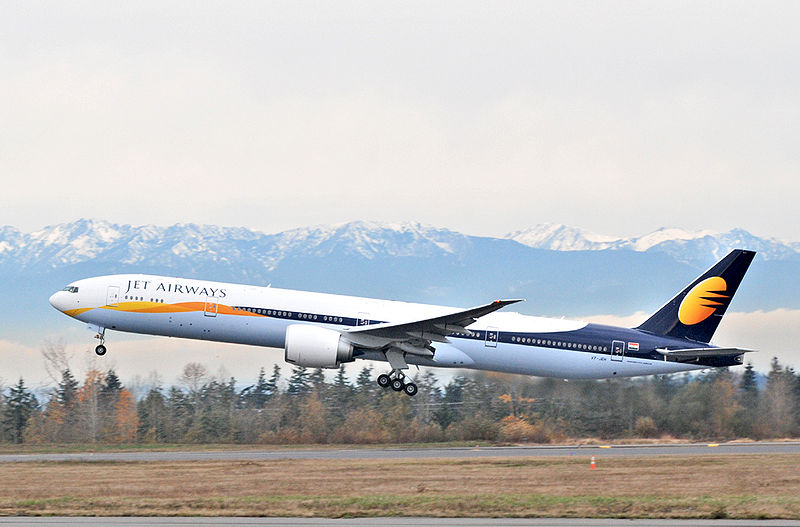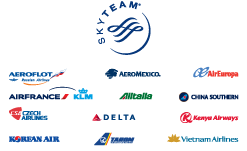Frontier Airlines (F9) has announced plans to start new services from Washington Dulles International (IAD) airport. The ultra low fare carrier will start nonstop flights to fourteen destinations, with the first being planned on August 19, 2014. All destinations, except Orlando (MCO) will be served anywhere between four times a week to six times a week. Orlando will be served daily.
While international passenger traffic has consistently increased every year with the arrival of new carriers, Dulles has been steadily loosing domestic passenger traffic to the close-in Ronald Reagan National Airport (DCA). Airlines have been shifting services from Dulles to Reagan National because of the availability of new slots as well as the sale of existing slots by US Airways (US) and American Airlines (AA) to get their merger approved. United Airlines (UA), which operates a hub at Dulles has trimmed its domestic services as well. The airport authority, which manages both Dulles and Reagan National, has been trying hard to bring in new domestic carrier at the airport. With a mega construction project to bring Metro rail to the airport underway, it is imperative to bring in new carriers to improve traffic volume at the airport.
Frontier sees an opportunity at Dulles as the airport has ranked as one of the most expensive airports in the country every year. Its low fares should bring in enough passengers to sustain the services.
It will be interesting to see how United would respond to this new development. Anyone remember Independence Air (DH)? United’s own contract carrier Atlantic Coast Airlines turned against it by taking a new avatar as Independence Air (DH) with a hub at Dulles. Oh, I remember that period. It was fun times for the travelers and the airport (Dulles became one of the top ten busiest airports in the country and home to the largest low cost operation in 2005). United matched Independence Air’s ultra low fares and made the later to bleed cash and eventually shut down. But, I don’t think, Frontier’s operations at Dulles is a threat to United. United operates a medium sized hub at Dulles with multiple daily flights to most East Coast destinations. Also, Dulles is United’s second biggest transatlantic hub (after Newark Liberty). With lots of corporate contracts and frequent flyers, United would easily hold its court.
